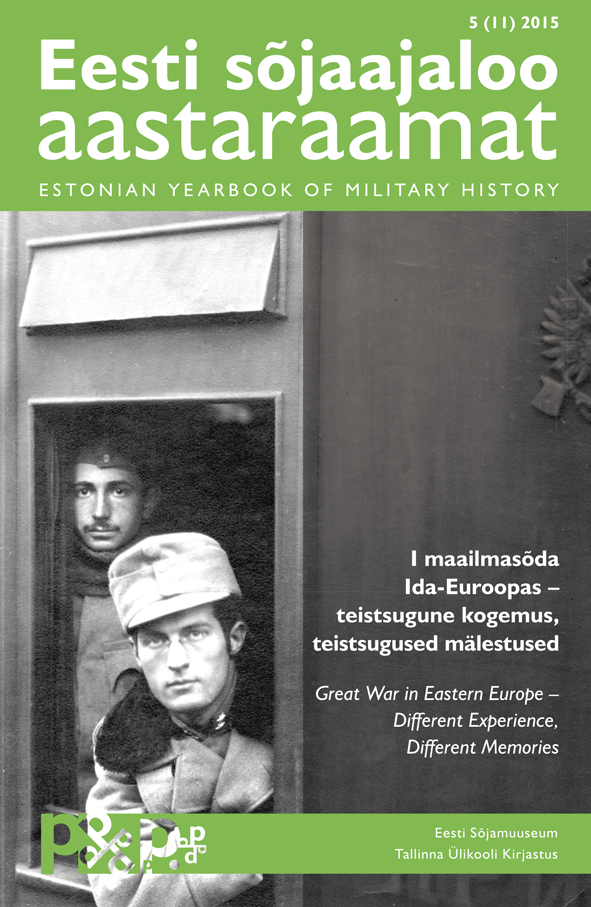Das Land Ober Ost. Saksa okupatsioonipoliitika Kuramaal I maailmasõja ajal (1915–1917)
Das Land Ober Ost. German occupation policies in the Courland district during World War I (1915–1917)
Author(s): Klāvs ZariņšSubject(s): History, Military history, Pre-WW I & WW I (1900 -1919)
Published by: Tallinna Ülikooli Kirjastus
Summary/Abstract: The policies of the military administration of Courland, starting from the very beginnings in spring and summer 1915, were directed towards the most efficient use of the economic potential of the occupied lands.This resulted in the complete exploitation of the land and its resources,which led to an unforeseen social disaster. Harsh policies of total control, including regulations on movement of any kind, made it possible to mobilize all the resources available, which was seen as an effective way to guarantee the existence of a German controlled Baltic territory after the war. However, one of the main aims of the military administration– ensuring the loyalty of the Latvian population toward the regime by increasing their well-being – was not achieved due to a combination of both policy and the strains of war on the economy of Germany.The German army remained a priority and its needs were above the interests and needs of the population of the occupied territory. An important part of the policy of the military administration was culture. This was partly characterized by the perception that Germans were the leading cultural element in the Baltic territories. “Culture work” was a priority and this can be seen in almost every aspect of everyday life in Courland during the first two years of the occupation. Ober Ost policies toward the occupied lands and its people started to change in late 1917 to early 1918, when a shift in opinion, about how to preserve German power in the region after the war, occurred.
Journal: Eesti Sõjaajaloo Aastaraamat
- Issue Year: 5/2015
- Issue No: 1
- Page Range: 96-118
- Page Count: 22
- Language: Estonian

